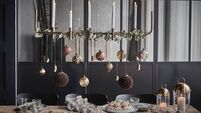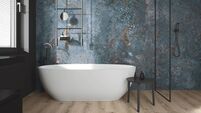Interior designers show how they create the perfect mood board
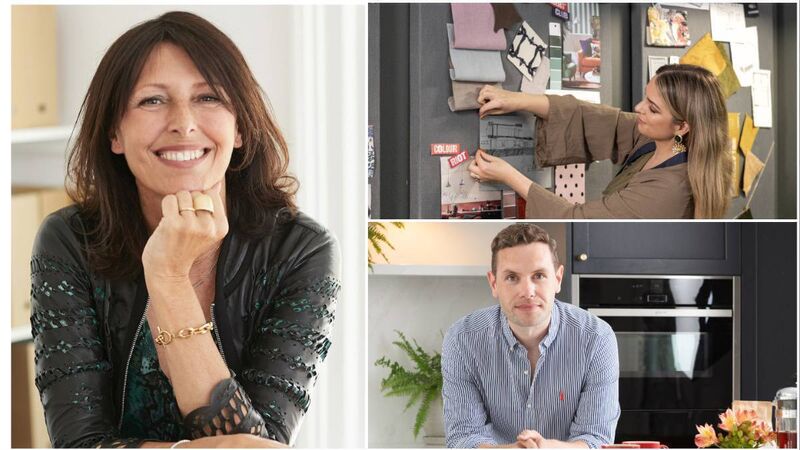
Michela Mantero, Susan McGowan and David O'Brien.
Way back in the day when an interior designer presented a concept to a new client the mood board amounted to photos on pinboards.
Now there are programmes like Canva, Adobe Spark and Miro’s Mood Board Creator providing platforms for collating inspiring images we can download from Instagram and Pinterest. But are mood boards worth the time when we know what we like?
“Sometimes when I mention the importance of mood boards to clients I can see from the ever so slight grimace on their faces that they think it's something which is going to be quite 'fluffy',” says David O’Brien, interior designer at RJ O’Brien Construction. “But, in actual fact, it is key to creating a coherent design. It allows you to bring your ideas, furniture, materials, and colours to paper or screen, and to see how they work as a whole. It also enables you to play with the overall concept by interchanging the key items which in turn helps you to create the most optimal design.”

For homeowners planning a project, David suggests including the key features in the room.
“Floors, wall colour, furniture, window dressings, light fixtures and soft furnishings and it doesn’t have to be complicated," he says.
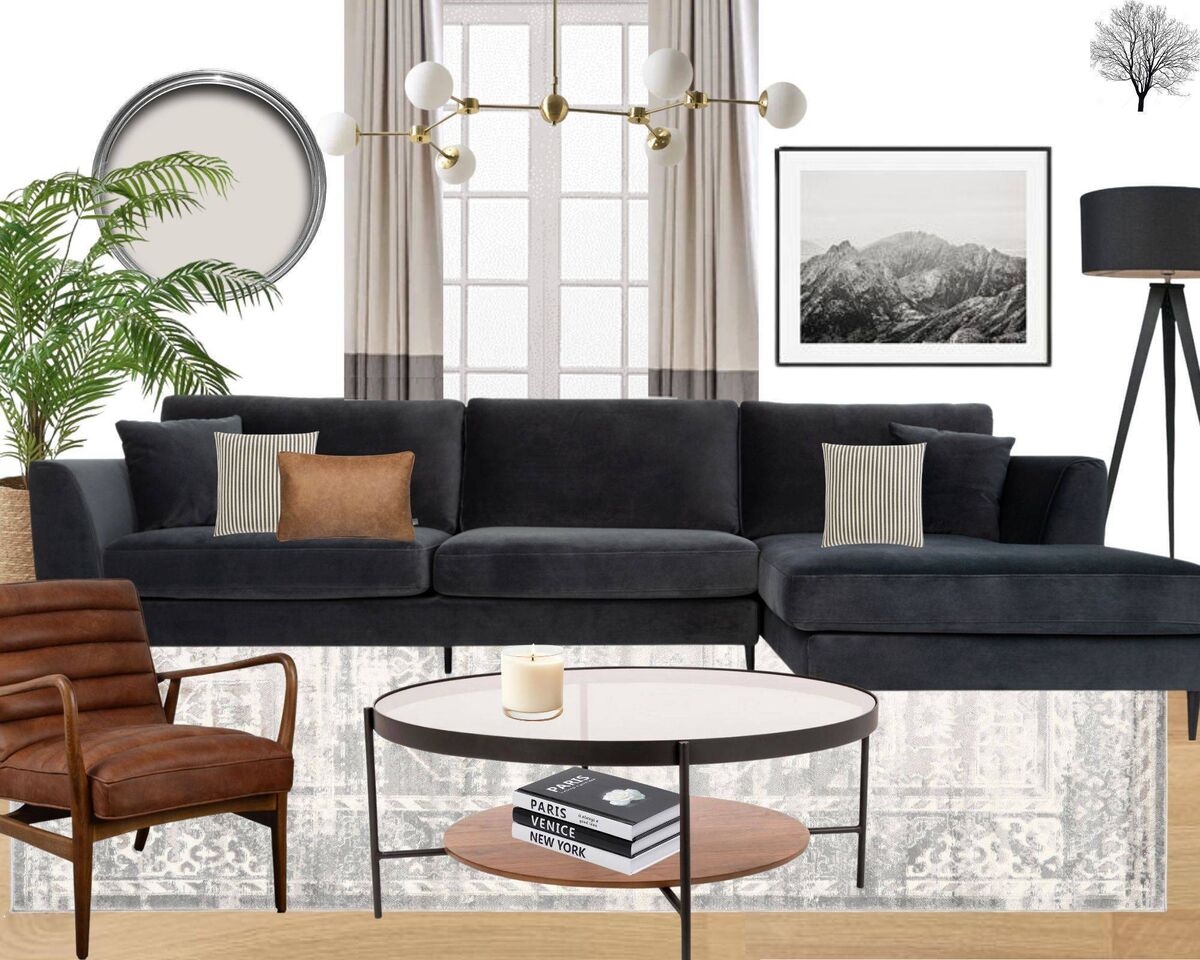
"Mood boards can be as simple as importing images into a blank Microsoft Word document or using websites like Canva which have some great additional features.”
Top tip: “I find the most effective way to present mood boards to clients is by layering,” David says. “I begin by removing the background of each item on Canva, usually starting with the floors and working my way up to the ceiling.”
Susan McGowan, the founder of interior architecture and design studio Ashen and Cloud, sees the mood board as not only preventing costly interior design mistakes but also giving a clear point of reference for decision-making.
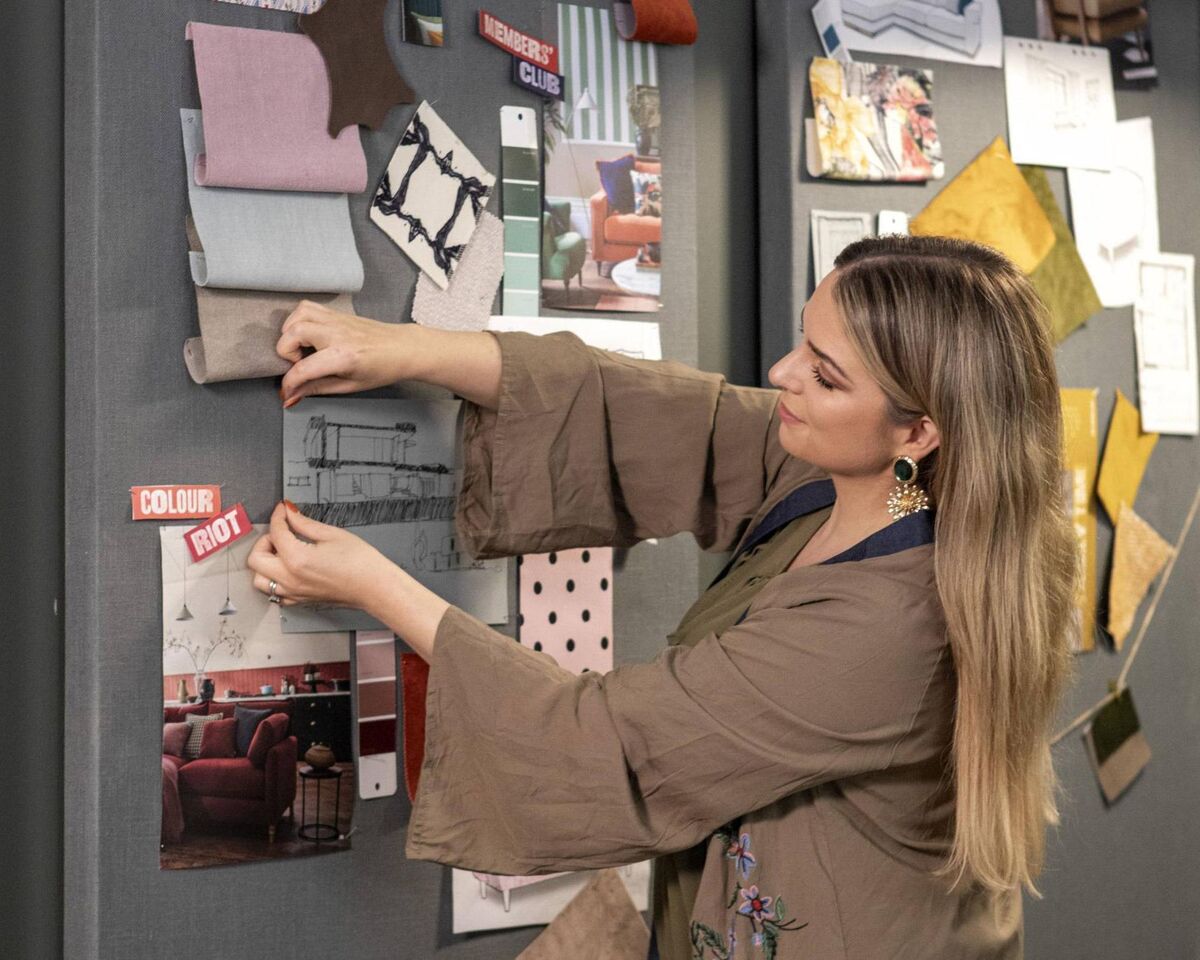
“It can also keep you focused on the end goal, rather than getting distracted by the constant flow of design trends we are exposed to daily,” she says. “You can create a separate mood board for every space you wish to design. Pinterest is a great source for mood boarding and I often encourage my clients to pin lots, but edit down to the five or six most important elements that resonate with you for the space.”
For essential mood board elements, Susan looks to colour, texture and form.
“Whether it be neutral or vibrant, dark or light, colour is the mood cornerstone,” she says. “The combination of textures and finishes determines the style of the space. Sharp textures like glass, mirrors and metal can direct the mood of a space to be more contemporary or industrial, whereas timbers, fabrics and natural stones can soften the space and direct it more towards a modern or rustic space.
“There are endless permutations of materials which merge to form your unique space, so it's important to carefully consider them. Form is your furniture, joinery, accessories and your special pieces. We always pay close attention to the form of things in a space so that the eye has plenty to feast upon as you move around it.”
Top tip: “Consider breaking down the space into separate vignettes, paying special attention to how each area is curated within the wider space,” Susan says.
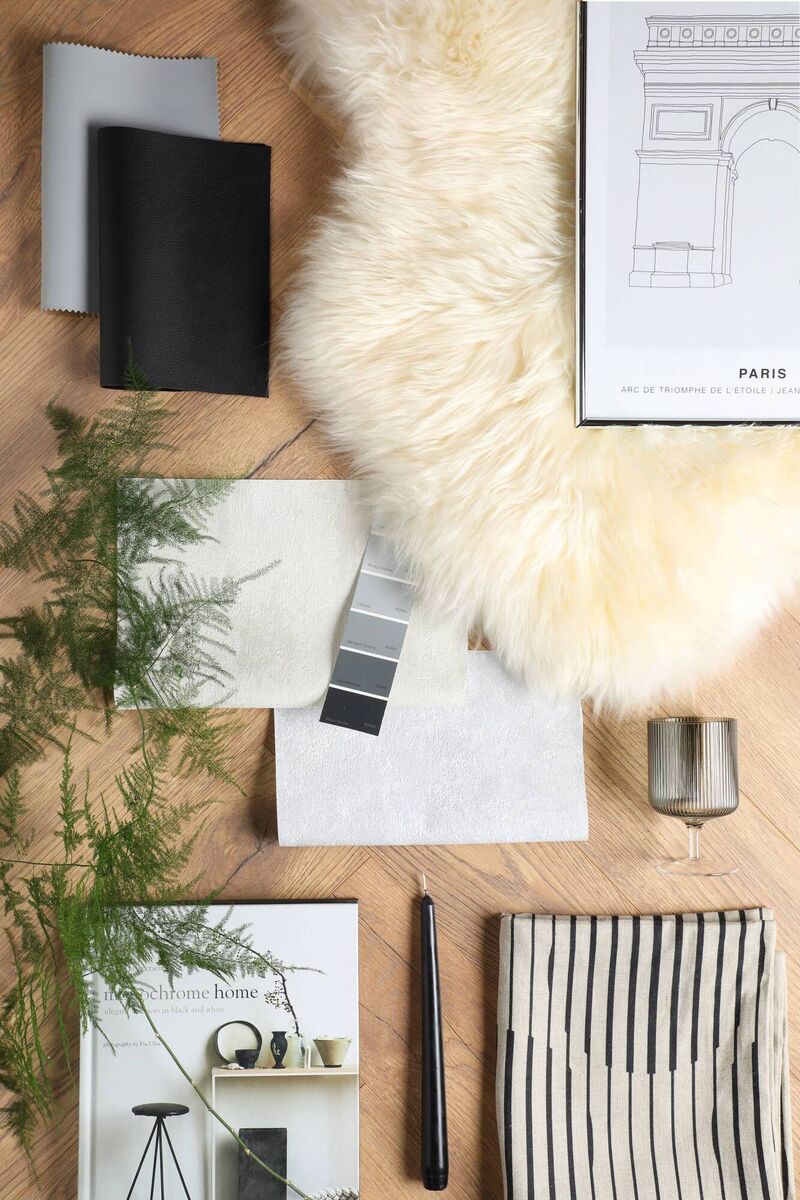
Interior designer Michela Mantero of Michela Mantero Design, sees a mood board as part of the creative process that lets you experiment before committing to a final design, ensuring your space reflects your personality and desired atmosphere.
“This visual collage serves as a compass, guiding through the intricate process of bringing a space to life," she says. "It also helps convey ideas, preferences and concepts more effectively than verbal descriptions alone, reducing the likelihood of misunderstandings.”
Considering it a visual road map for a space, she adds certain elements. “Main colours that set the tone for the space,” she says.
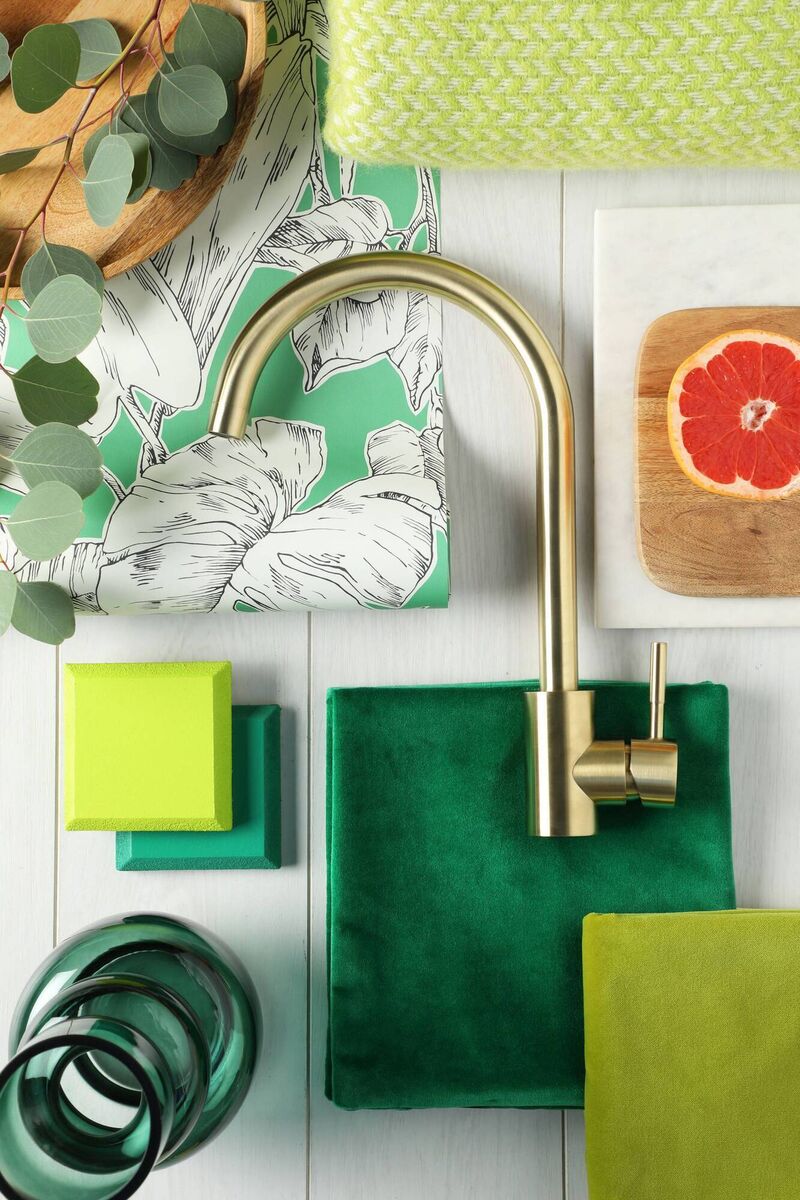
“Textiles and textures to add depth, ensuring the room feels rich and inviting; images or sketches of furniture pieces and their arrangement to give a sense of the room's functionality; lighting and décor elements, art and accessories to add personality and character.”
Top tip: “Include images of rooms you like that capture the overall style and atmosphere you want to achieve as well as individual product images,” Michela says.
- Instagram.com/theblackhouse.ie/
- Instagram.com/ashenandcloud/
- Instagram.com/michelamanterointeriors/



